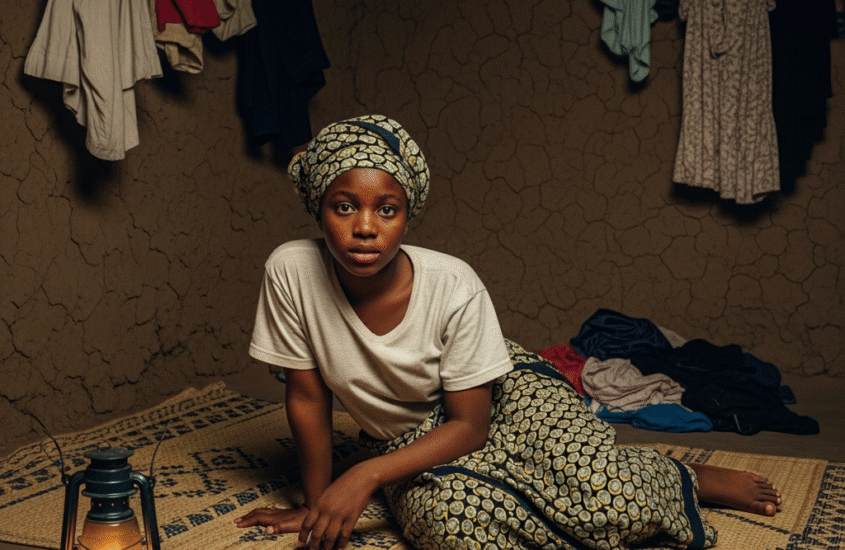Stepping on a viper
"Stepping on a Viper" centres on the tragic story of Mulika. Her promising future was shattered when she was forced into a child marriage, a decision that crushed her dreams of getting an education. Following the marriage, she gave birth to a son. Overwhelmed and seeking a new path, Mulika eventually fled her village, and her current location is unknown. This event, which led to the dissolution of the forced marriage, ignites a deep and lasting feud between Ajireni and the Baale, making them sworn enemies.





